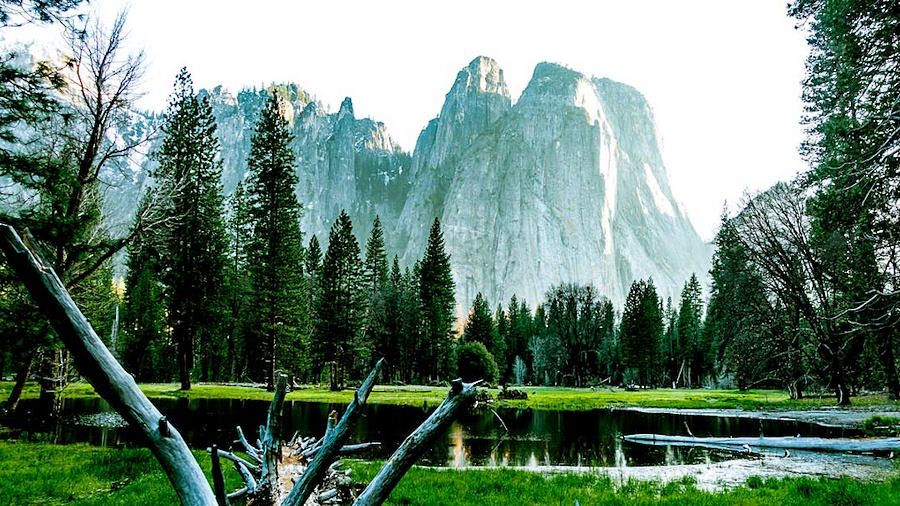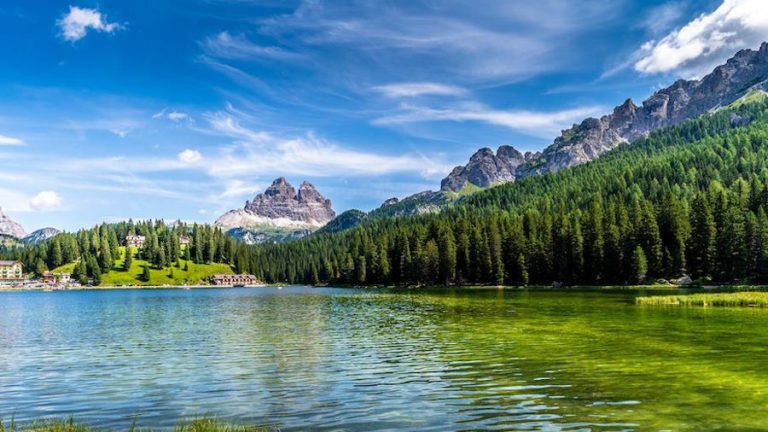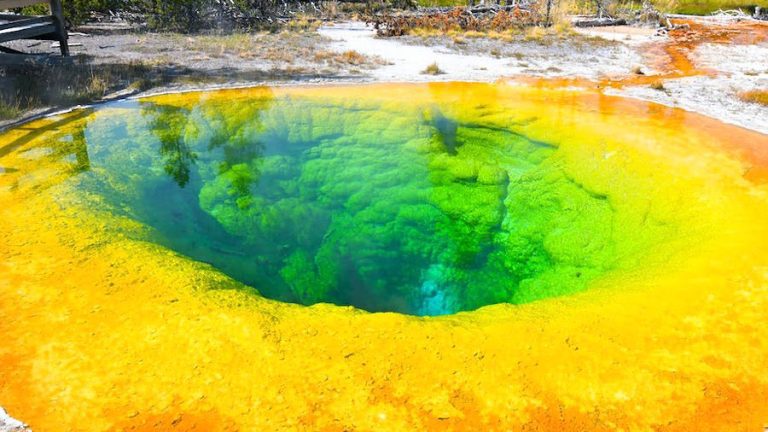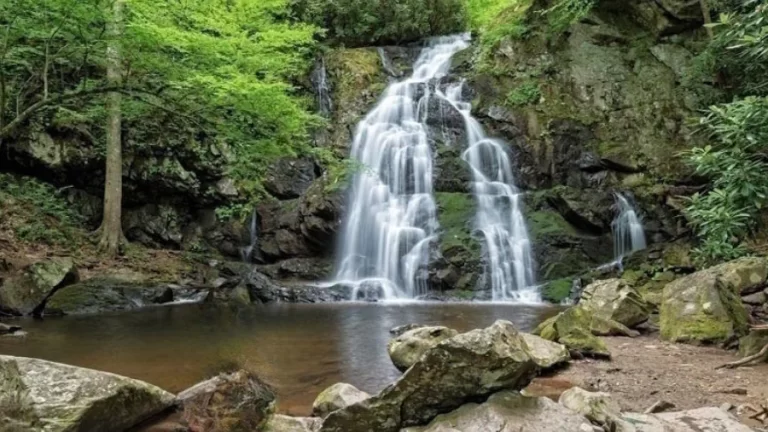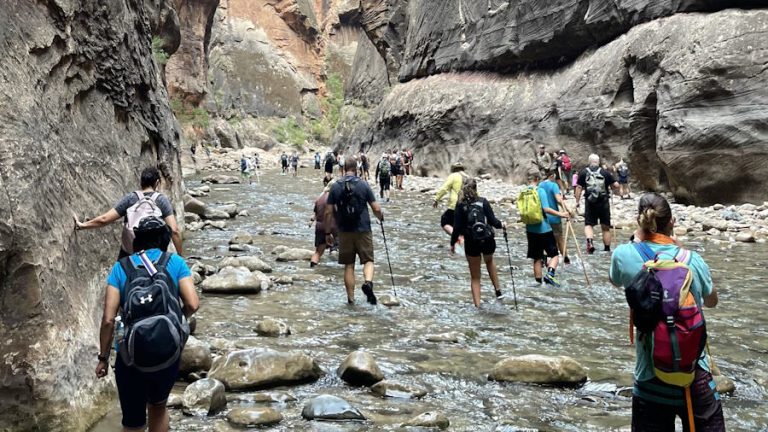Hiking in Yosemite National Park
Embrace the Great Outdoors: Your Ultimate Guide to Hiking in Yosemite National Park
Contents
Yosemite National Park, a jewel in the Sierra Nevada mountains, beckons outdoor enthusiasts with its awe-inspiring landscapes and unparalleled hiking opportunities. Whether you’re a seasoned hiker or a novice nature lover, Yosemite offers a myriad of trails that cater to all skill levels, promising an unforgettable journey into the heart of nature. In this comprehensive guide, we’ll delve into the wonders of hiking in Yosemite, exploring the best trails, essential tips, and the enchanting experiences that await you.
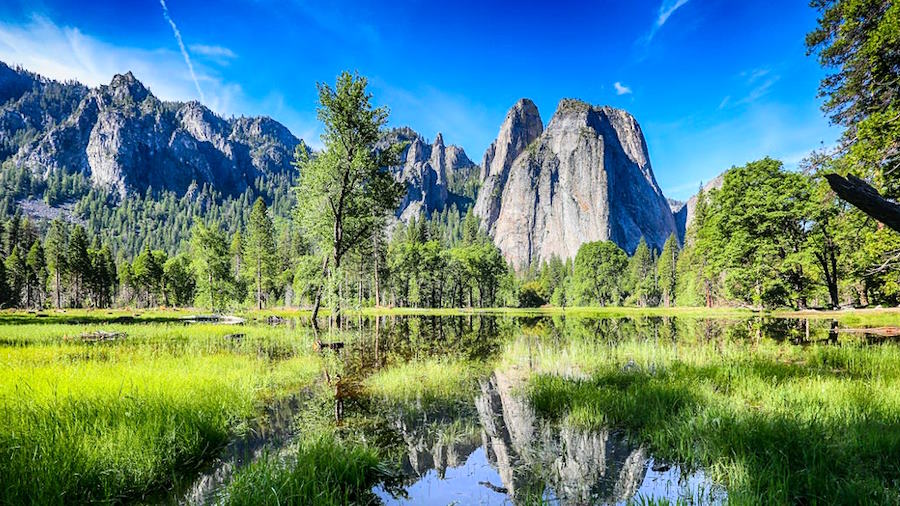
Make the most of these entrance fee–free days every year and immerse yourself in the splendor of America’s National Park Service sites.
Choosing the Right Trail:
Yosemite’s diverse topography presents a range of trails, each offering a unique perspective on the park’s beauty. For beginners and families, the Lower Yosemite Fall Trail provides a leisurely stroll with breathtaking views of Yosemite Falls. If you’re up for a moderate challenge, the Mist Trail takes you closer to Vernal and Nevada Falls, offering a refreshing mist and stunning panoramas.
For seasoned hikers seeking an exhilarating adventure, the Half Dome Trail is the ultimate conquest. This strenuous trek rewards intrepid hikers with panoramic views from the summit, making it one of Yosemite’s most iconic experiences. Ensure you secure the required permits for the Half Dome hike, as they are limited and in high demand.
Seasonal Considerations:
Yosemite’s trails vary in accessibility throughout the year, making it crucial to plan your hiking adventure based on the season. Spring and early summer (April to June) bring vibrant wildflowers and gushing waterfalls, creating a picturesque backdrop for your hikes. Summer (July to August) offers warm weather, making it the ideal time for high-elevation trails. Fall (September to November) unveils a tapestry of warm hues as foliage changes, providing a serene hiking experience. Winter (December to March) transforms Yosemite into a snowy wonderland, offering unique opportunities for snowshoeing and winter hiking.
Essential Hiking Tips:
Check Trail Conditions:
Before embarking on your hiking adventure, check the trail conditions on the official Yosemite National Park website. Trail closures, weather updates, and any alerts will ensure a safe and enjoyable experience.
Pack Appropriately:
Yosemite’s diverse terrain demands careful packing. Essentials include sturdy hiking boots, weather-appropriate clothing, a hat, sunscreen, a map, and sufficient water. For longer hikes, pack snacks and a first aid kit.
Respect Wildlife and Nature:
Yosemite is a haven for diverse flora and fauna. Respect the park’s natural inhabitants by observing wildlife from a safe distance, staying on designated trails, and disposing of waste responsibly.
Permits and Regulations:
Certain trails, like the Half Dome Trail, require permits. Ensure you obtain the necessary permits well in advance and familiarize yourself with park regulations to preserve its pristine environment.
Leave No Trace:
Adopt the “Leave No Trace” principles to minimize your impact on the environment. Stay on designated trails, pack out all trash, and leave natural and cultural features undisturbed.
Hidden Gems:
While Yosemite’s iconic landmarks draw crowds, there are hidden gems awaiting discovery for those willing to venture off the beaten path. The Tuolumne Meadows area offers a plethora of lesser-known trails, such as the Cathedral Lakes Trail and Elizabeth Lake Trail, providing a quieter and equally captivating Yosemite experience.
Hiking for Families:
Yosemite is a fantastic destination for family-friendly hikes that cater to all ages. The Mirror Lake Trail, a mostly flat loop, provides stunning reflections of Half Dome and is suitable for families with younger children. The short trek to Lower Yosemite Fall is another excellent option for families, offering a close encounter with the park’s most famous waterfall.
Unique Hiking Experiences:
Yosemite’s hiking trails aren’t just about reaching a destination; they’re about experiencing the park’s unique features. The Valley Floor Loop Trail offers a scenic meander through meadows and woodlands, allowing hikers to absorb the grandeur of Yosemite Valley from different perspectives. Sunrise and sunset hikes to Glacier Point or Sentinel Dome reward early risers and night owls with spectacular views and a magical atmosphere.
Hiking Safety:
Safety is paramount when exploring Yosemite’s trails. Weather conditions can change rapidly, especially at higher elevations, so be prepared for sudden changes in temperature. Tell someone your hiking plans, and consider using a GPS device or map to avoid getting lost. If you encounter wildlife, give them plenty of space and never approach them. Always prioritize your safety and the safety of those hiking with you.
Hiking in Yosemite National Park is a transformative experience that allows you to connect with nature in its purest form. Whether you’re conquering the towering heights of Half Dome or enjoying a leisurely stroll through meadows, Yosemite’s trails offer a diverse range of adventures for every hiking enthusiast. With careful planning, respect for nature, and a spirit of exploration, your Yosemite hiking journey promises to be a tapestry of breathtaking vistas, hidden treasures, and unforgettable moments in one of America’s most cherished national parks. So, lace up your hiking boots, breathe in the fresh mountain air, and let Yosemite’s trails guide you on a remarkable journey into the heart of the wilderness.
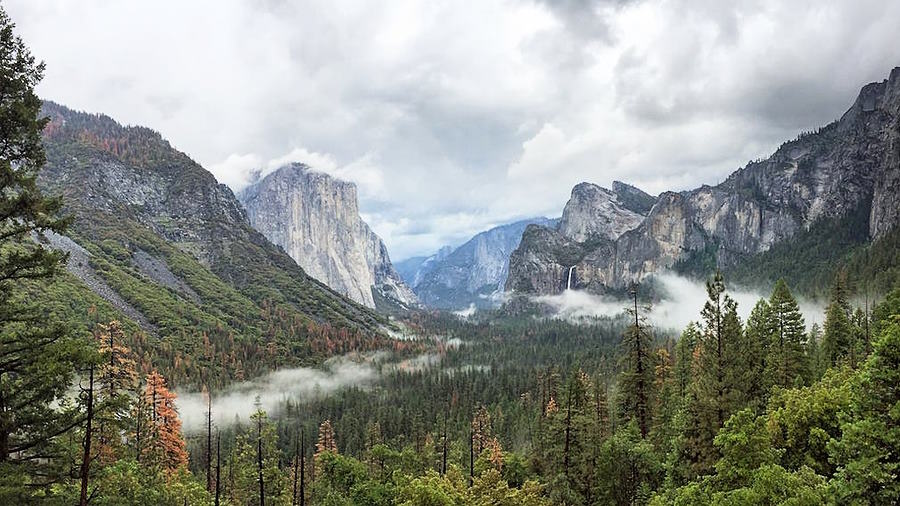
What is the most popular hike in Yosemite?
Undoubtedly, the most iconic hike in Yosemite is the Half Dome Trail. Drawing adventurers worldwide, this challenging trek leads to the summit of the famous granite dome, offering unparalleled panoramic views of the park. The journey includes steep ascents, the thrilling cable section, and a profound sense of accomplishment at the summit. Permits are essential due to its popularity, making it a bucket-list experience for hikers seeking both physical challenge and breathtaking vistas. Embark on the renowned Half Dome Trail for an unforgettable Yosemite adventure, where every step is a stride into the heart of this natural wonder.
Do you need bear spray in Yosemite?
Absolutely! When exploring Yosemite’s stunning wilderness, having bear spray is essential. Yosemite National Park is home to black bears, and encounters are possible. Bear spray is a non-lethal deterrent designed to deter bears and ensure both their safety and yours. It’s a wise precautionary measure, especially if you’re hiking or camping in bear country. Familiarize yourself with proper usage and carry it in accessible gear. Responsible outdoor practices, like securing food in bear-resistant containers, coupled with bear spray, contribute to a safe and enjoyable Yosemite experience, respecting the park’s wildlife and preserving the delicate balance of its ecosystem.
Free Entrance Days in the National ParksTop 10 National Parks of United States
Which National Park has the most hiking trails?
Unlocking the Narrows: Zion’s Spectacular Hike
How do you deal with bears while hiking?
The Best Time to Visit Glacier National Park
Hiking in Yosemite National Park
The Great Smoky Mountains National Park
The 9 Best National Parks to Visit in Spring
10 Best National Parks to Visit in Winter
